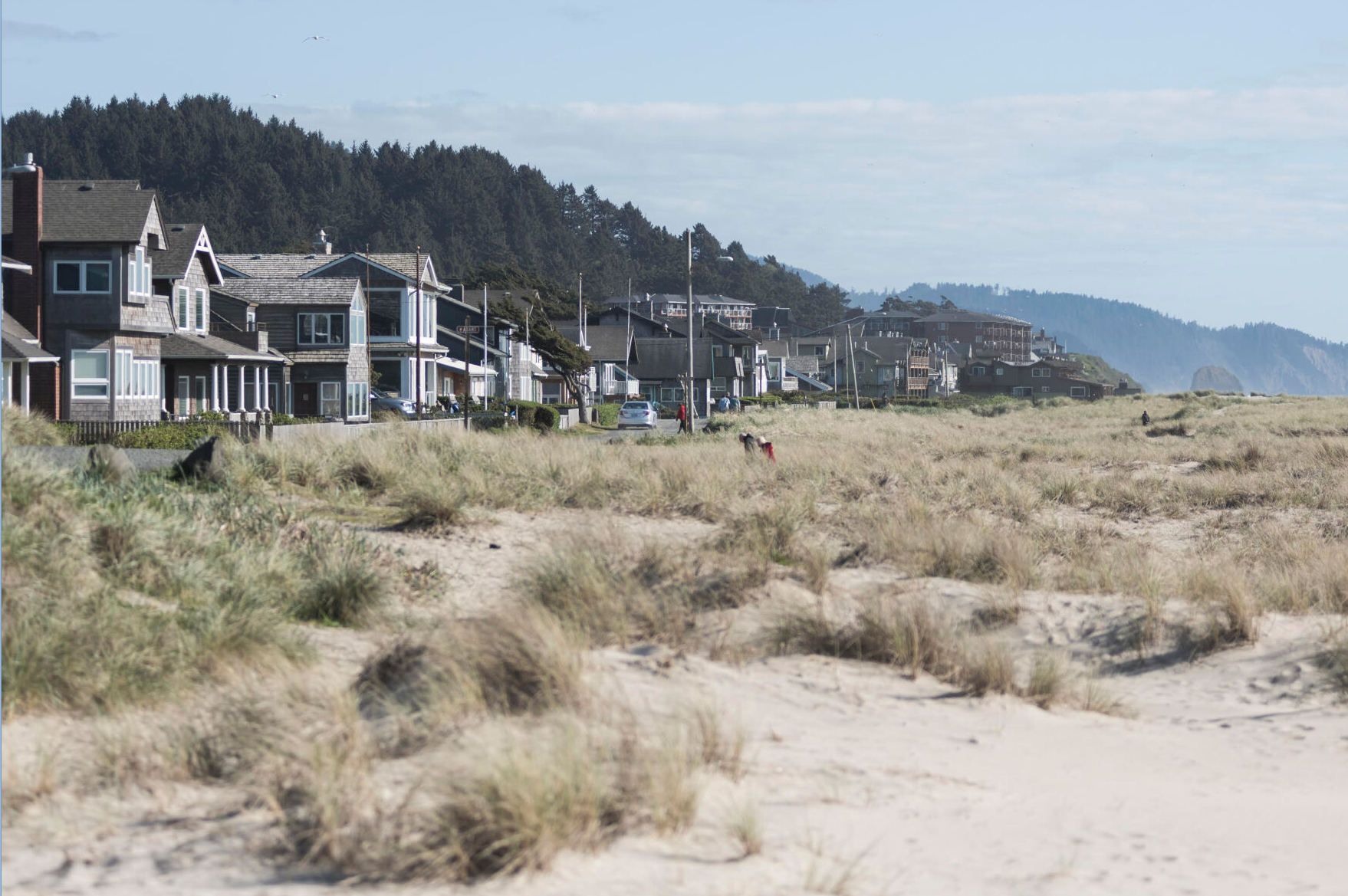Guest column: Working forests provide habitat for wildlife
Published 12:15 am Thursday, February 13, 2025

- Fran Cafferata
Oregon is well-known for its forests — they’re one of the primary reasons people visit, live and work here.
Trending
Half of our state is forested and because of our mild, rainy climate, Oregon is also one of the best places to sustainably grow, harvest and regrow forests. Our state is the national leader in the production of softwood lumber, plywood and engineered wood products — supplying the rising global population with increasingly in-demand renewable building materials. That’s made possible by 10 million acres of privately owned and managed working forests, much of which is found west of the Cascades, that supply more than three-quarters of the state’s timber harvest.
But too often, it is alleged that working forests — those that are managed primarily for timber and forest products — don’t provide habitat for wildlife.
That’s just not true.
Trending
I know it’s not true because as a certified wildlife biologist, helping timberland owners manage intentionally for timber production and wildlife habitat is what my company does every day. In fact, finding balance between these multiple objectives is at the heart of sustainable forest management. Likely many of the private forests you see on the North Coast are implementing wildlife habitat projects we helped them develop — not because it’s required, but because it’s what contemporary timberland managers do.
Many timber companies have on-staff wildlife biologists and those that don’t often hire wildlife biology experts to help them manage intentionally for wildlife habitat. This is very common — forestry management includes wildlife conservation. Through partnerships, cooperation and hard work, many are working to provide for all the wildlife that call Oregon’s forests home.
How much habitat is enough, and what kind is right, varies greatly among wildlife species and across the seasons of the year. Because of this variability, the concept of “habitat” literally covers a lot of territory. In fact, the entire landscape may be considered habitat, because different wildlife species and communities interact with the land and with one another at multiple scales — from a drainage basin to a river valley to a watershed within the valley to a riparian area associated with a single stream.
Many species will use a variety of habitat types to complete the functions of their daily lives (e.g., foraging and nesting may require two or more habitat types), and more broadly, species may migrate or expand their territories during certain times of the year as part of their life cycle.
Because of the variety of wildlife we have in Oregon, it is important to maintain a balance (a mosaic) of habitat types across the landscape. That means it is just as important to have young forests as it is to have older forests because different species depend on different ages of forests. Not every wildlife species is, or can be, present on every acre at any point in time. Often, too much emphasis is put on the need for one type of forest (such as old-growth). A single habitat focus ignores the needs of other native species that depend on young or middle-aged forests.
For example, pollinators are an important part of the ecosystem and strong scientific evidence indicates managed conifer forests support a diversity of bees, especially in the years following timber harvest when floral resources are most abundant. Many of the forestry companies I work with are implementing projects to enhance habitat for pollinators by increasing floral resources. This is typically accomplished by hand-spreading native seed mix for the benefit of bees.
Amphibians also play an important role in forested ecosystems; they are centrally positioned in food webs as both key predators and prey. They are found in both aquatic and terrestrial ecosystems. Past and ongoing research has informed many of the management strategies implemented on private forests to protect amphibians. In addition to following all the strict and recently revised Oregon Forest Practice rules, landowners are providing for amphibians by minimizing disturbance to large-diameter logs, making sure large logs are distributed across the landscape, and building wildlife specific habitat piles.
And what about keeping common species common? Threatened and endangered species get a lot of focus, and rightly so, as they often have special habitat requirements that need to be considered. But what about all the common species found in Oregon’s forests? Species like the Douglas squirrel, the black bear, the western bluebird — we can’t forget about their habitat needs or they may not remain common.
Science continues to advance, and we are always learning new and better ways to manage our forests. Scientists and land managers have developed research-based strategies for enhancing and maintaining wildlife habitat in the course of performing everyday forest operations that are at the heart of contemporary forest management.
Next time you’re headed out to the coast or driving through the forest, think about all the work that’s happening in the background to provide for all of Oregon’s wildlife.
Fran Cafferata is a certified wildlife biologist and the owner of Cafferata Consulting.









